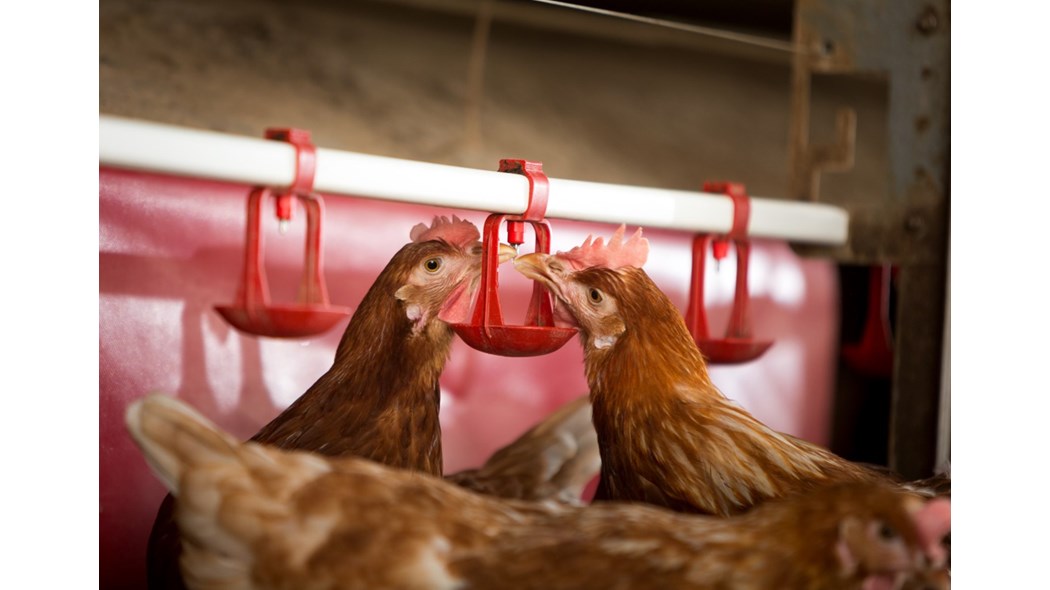“If producers want to optimise use of feed and minimise the impact of rising input costs it will be important to be prepared to adopt new and innovative approaches with the aim of maximising the absorption of every nutrient fed to birds. Target applications of additives that can improve utilisation of both feed and water can play a major role.”
She appreciates that it can appear counterintuitive to invest more in feed costs at a time where clawing back costs feels like the right thing to do. However, she believes that focusing on the return on investment on a per egg basis will help ensure that optimum potential is extracted from the laying flock.
Maintaining high levels of gut health starts in the rearing flock. A young bird with a well-developed gut is less likely to suffer from the post-vaccination growth check commonly observed in pullets. A well-developed gut will help pullets maintain daily liveweight gain and put them in optimal pre-lay condition.
“Entering the laying period in the best possible health and being physiologically developed for stage and age will set the flock up for effective and consistent egg output allowing for a healthier return from production. It is not only about body weight. Body composition at sexual maturity is the most important consideration.
“Pullet growers must manage flocks so that birds are in the optimum condition at point of lay. Gut health plays an important role in achieving this. Once in the laying phase, a healthy gut helps improve nutrient absorption and this aids eggshell quality.”
She recommends the prudent use of nutritional supplements. These can help improve gut health in a number of ways including helping prevent bacterial intake, support digestion, strengthen gut barrier function and stabilize the microbiota. Together these will help improve nutrient absorption and performance.
She also advises considering modifying feeding strategies to improve matching of nutrient supply to requirements. She says split feeding which is a feed strategy to closely meet the daily requirements of layers and has been shown to have a positive impact on egg production.
“Hens are fed two different diets per day to meet the differing requirements of the egg formation process. A morning diet will be higher protein to support egg formation while the afternoon diet will be higher in calcium, vitamin D3 and trace elements to meet the hen’s requirements for eggshell formation.
“By more precisely matching requirements with supply split feeding is shown to help reduce total intakes of energy, protein, calcium and phosphorus, improving sustainability by limiting excretions while reducing feed costs.”
Chloe also stresses the importance of water quality which is often underestimated or overlooked. In addition to ensuring high standards of water hygiene, she says it is important to assess the pH and relative hardness of water.
“Strategic use of in water additives can play a crucial role in helping to promote gut health. For example, Selko pH E, when added to clean water lines, has a dual action of bactericidal and bacteriostatic effects. It acidifies the water, reducing how many environmental pathogens enter the animal through the drinking water.
“It also aids intestinal health by supporting microbial balance, aiding digestion and reducing the prevalence of pathogens that reach the hind gut. This is especially important for chicks where the intestinal tract is still developing and therefore can be influenced to set the bird up for optimised longevity in the flock, helping safeguard the profitability of the hen.
“Innovative tools and management practises are more important than ever in today’s challenging environment. The combination of these elements will enable layers to be developed in a healthy, efficient and profitable way resulting in greater egg production.
